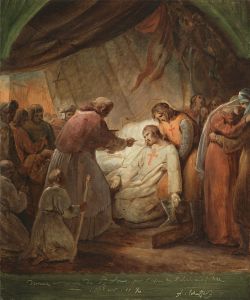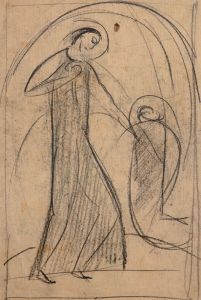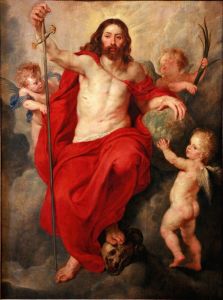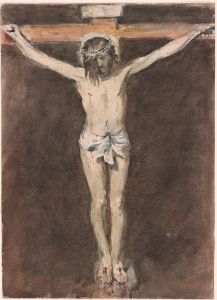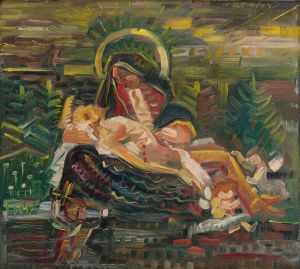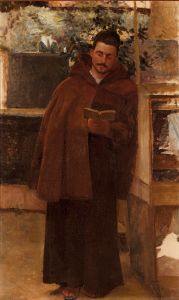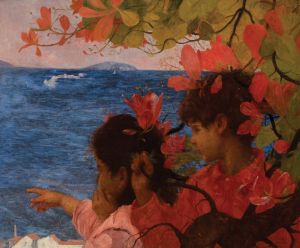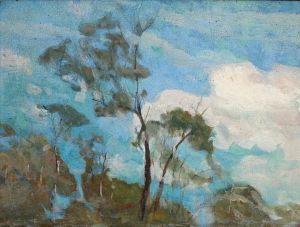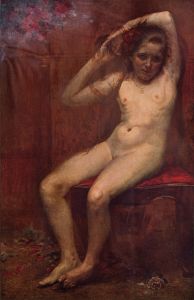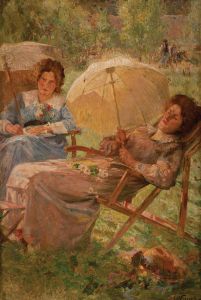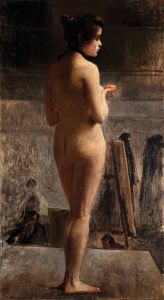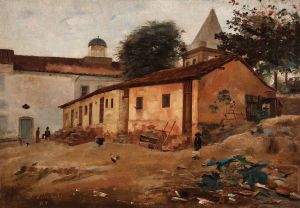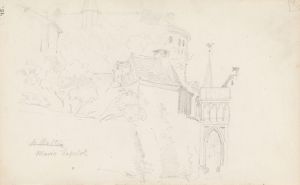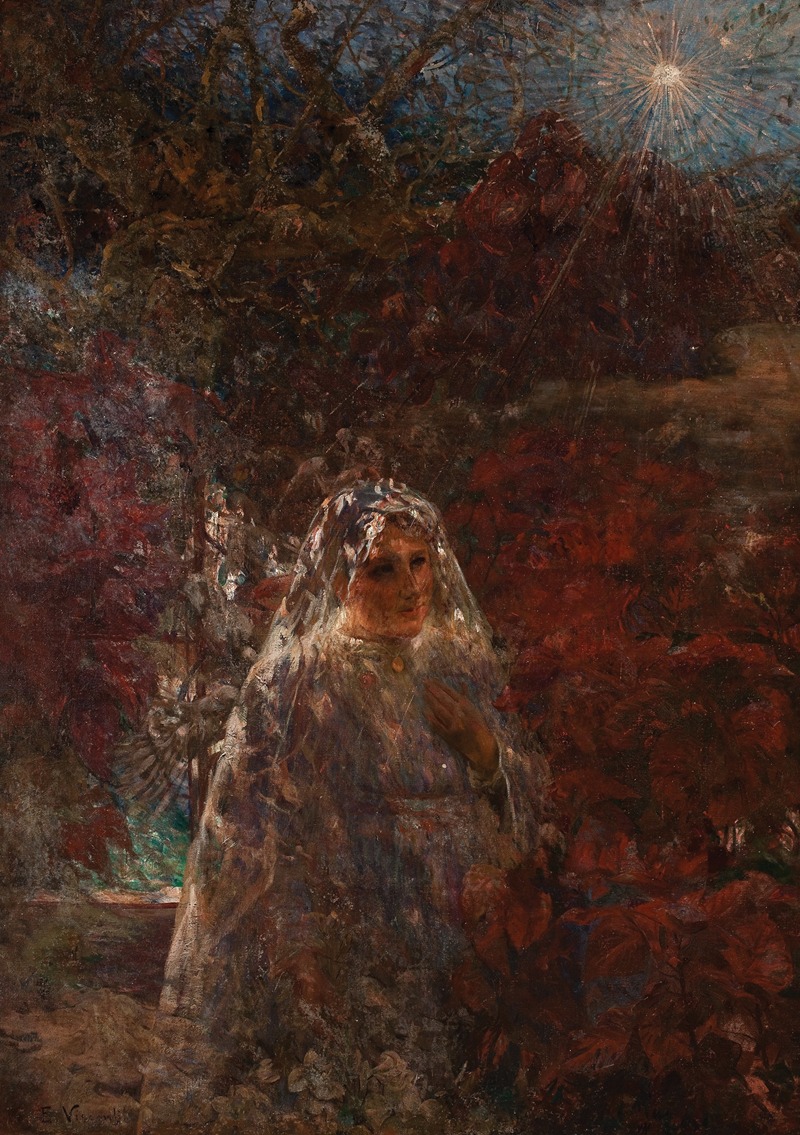
Primeira comunhão
A hand-painted replica of Eliseu Visconti’s masterpiece Primeira comunhão, meticulously crafted by professional artists to capture the true essence of the original. Each piece is created with museum-quality canvas and rare mineral pigments, carefully painted by experienced artists with delicate brushstrokes and rich, layered colors to perfectly recreate the texture of the original artwork. Unlike machine-printed reproductions, this hand-painted version brings the painting to life, infused with the artist’s emotions and skill in every stroke. Whether for personal collection or home decoration, it instantly elevates the artistic atmosphere of any space.
"Primeira comunhão" (First Communion) is a painting by the Brazilian artist Eliseu Visconti. Born on July 30, 1866, in Giffoni Valle Piana, Italy, Visconti moved to Brazil with his family at a young age and became one of the most prominent figures in Brazilian art. He is known for his contributions to the development of Brazilian painting, particularly in the areas of Impressionism and Art Nouveau.
"Primeira comunhão" is one of Visconti's notable works, although specific details about the painting's creation date and current location are not widely documented. The painting depicts a young girl receiving her first Holy Communion, a significant rite of passage in the Catholic Church. This subject matter reflects the importance of Catholicism in Brazilian culture during Visconti's time.
Eliseu Visconti's style in "Primeira comunhão" showcases his mastery of light and color, which are hallmarks of his Impressionist influence. The delicate use of light in the painting highlights the innocence and purity of the young girl, while the soft, almost ethereal quality of the colors adds a sense of reverence and solemnity to the scene. Visconti's attention to detail in the girl's attire and the surrounding environment further enhances the painting's realism and emotional impact.
Throughout his career, Visconti was deeply influenced by his studies in Europe. He attended the School of Fine Arts in Rio de Janeiro and later continued his education in Paris, where he was exposed to the works of the Impressionists and other contemporary artists. This exposure significantly shaped his artistic approach, blending European techniques with Brazilian themes and subjects.
In addition to his work as a painter, Eliseu Visconti was also a talented designer and decorator. He contributed to the design of the Brazilian pavilion at the 1900 Exposition Universelle in Paris and was involved in the decoration of the Municipal Theatre of Rio de Janeiro. His diverse body of work includes portraits, landscapes, and decorative arts, all of which demonstrate his versatility and skill as an artist.
Eliseu Visconti's legacy in Brazilian art is significant. He played a crucial role in the transition from academic art to modernism in Brazil, and his works continue to be celebrated for their technical excellence and emotional depth. "Primeira comunhão" is a testament to his ability to capture intimate and culturally significant moments with sensitivity and grace.
Visconti passed away on October 15, 1944, in Rio de Janeiro, leaving behind a rich legacy that continues to influence and inspire Brazilian artists. His contributions to the art world are commemorated in various exhibitions and collections, ensuring that his work remains an integral part of Brazil's cultural heritage.





